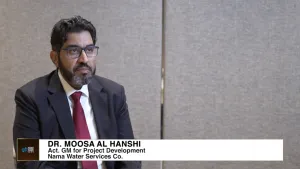
Meralco to implement performance-based rates
The Energy Regulatory Commission has approved Meralco's rate translation under Performance-Based Regulation.
The Manila Electric Company or Meralco will be the latest electric utility to implement PBR-based rates. In October last year, Dagupan Electric Corporation or DECORP and Cagayan Electric Power and Light Company or CEPALCO began implementing their PBR rates. The National Transmission Corporation, whose operations were recently assumed by the National Grid Corporation of the Philippines, first implemented PBR rates three years ago. For Meralco, implementation will start this May 2009.
ERC approved an average distribution charge of US 0.0255 cents per kWh. At the same time, ERC directed Meralco to accelerate the currency exchange rate adjustment or CERA refund, from US 0.008 cents implemented starting March, to US 0.0031 cents per kWh this May.
"Even with the PBR adjustment some of our customers may even experience reductions in their power bills this May," said Meralco. "In addition to accelerating the CERA refund as directed by ERC, transmission charges to our customers will go down by an average of 16.76 centavos (US 0.0035 cents) per kwh under the annual updating." The reduction in transmission charges is the result of the annual updating of transmission charges prescribed by the Transmission Rate Adjustment Mechanism or TRAM.
With the three rate developments for May, the PBR adjustment, CERA refund change, and lower transmission charges, there will be a net reduction of US 0.0029 cents per kWh in average power rates for May.
The recently released ERC Order resolved the Motions for Reconsideration filed by NASECORE and other groups on ERC’s Decision approving PBR-based rates for Meralco. The Decision was released in October 2008 but its implementation was deferred pending resolution of the MRs.
"This is a welcome development for the industry as it signals stability in the regulatory process and assures customers of reliable and sustainable service." Under PBR, distribution utilities are either rewarded or fined depending on their actual performance. With the PBR, customers can look forward to higher efficiency and reliability in electricity service since the utility will be fined if it does not meet service level standards. All private DUs in the Philippines are mandated to enter PBR, a rate-setting methodology successfully employed in other progressive countries such as the United States, UK and Australia," Meralco said in a statement.
"It is close to six years since Meralco was last allowed to adjust its rates. The last time Meralco had an adjustment was in June 2003 when the bill was unbundled," it added.



















 Advertise
Advertise






